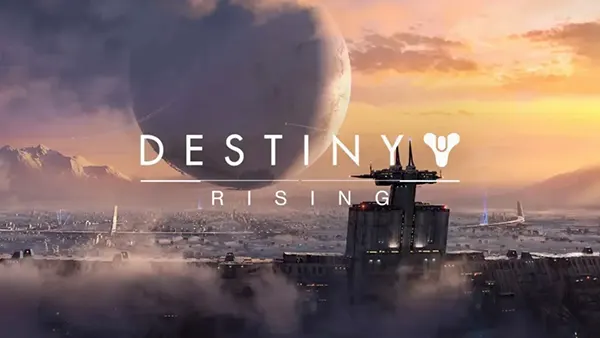
Destiny: Rising – A New Perspective on the MMO Shooter
Destiny: Rising has become one of the most talked-about MMO shooters in 2025. With its bold design choices, refined mechanics, and a focus on long-term player engagement, the title sets itself apart in a genre that has often struggled to balance storytelling with competitive gameplay. Players worldwide are noticing how the game blends a rich universe with cooperative and competitive modes, creating an experience that is both strategic and dynamic.
The Evolution of the MMO Shooter
The MMO shooter has undergone significant changes over the past decade. Initially defined by fast-paced combat and limited player interaction, these games have matured into expansive worlds with interconnected storylines and social elements. Destiny: Rising represents the culmination of this evolution, combining the tactical depth of role-playing games with the fluidity of modern shooters.
One of the key factors behind this evolution is the technological progress in game engines. By 2025, developers are capable of creating seamless open-world environments where hundreds of players can interact without performance issues. This has allowed games like Destiny: Rising to achieve levels of immersion that were impossible just a few years ago.
Another crucial aspect is the shift towards long-term support models. Unlike earlier titles that relied heavily on single releases, contemporary MMO shooters are structured around seasonal updates, live events, and evolving narratives. This ensures that the game remains relevant and constantly offers fresh challenges.
Destiny: Rising as a Benchmark
Destiny: Rising exemplifies how a well-designed MMO shooter can meet modern expectations. The game’s dynamic world adapts to player choices, creating a sense of impact and continuity. Developers have integrated narrative events that unfold in real time, encouraging communities to come together for decisive battles and cooperative missions.
Another distinguishing feature is its balance between competitive and cooperative gameplay. While some MMO shooters tend to favour one over the other, Destiny: Rising gives equal weight to both, ensuring that players interested in PvE or PvP find equally rewarding experiences.
The design philosophy behind Destiny: Rising highlights a trend towards inclusivity and accessibility. With scalable difficulty modes, intuitive progression systems, and cross-platform availability, the game reaches a wide audience without compromising on depth or complexity.
Gameplay Mechanics and Systems
Destiny: Rising introduces refined combat mechanics that blend fluid gunplay with strategic abilities. Each character class comes with unique skills, enabling diverse playstyles. This encourages players to specialise but also to collaborate with teammates who complement their abilities in raids and large-scale events.
The equipment system has been redesigned to promote experimentation. Instead of following linear upgrade paths, players can customise gear through modular attachments and ability enhancements. This ensures that no two loadouts feel identical, giving players creative freedom in shaping their characters.
Moreover, the developers have paid special attention to pacing. The progression curve is balanced in a way that both casual and dedicated players feel rewarded. Daily tasks, weekly challenges, and endgame raids ensure that there is always meaningful content for every level of commitment.
Integration of Live Events
Live events play a central role in Destiny: Rising. Seasonal campaigns unfold in response to community actions, ensuring that the game’s story is not static but influenced by collective effort. These events often introduce temporary mechanics, limited-time rewards, and unique environments, keeping the experience dynamic.
This approach fosters strong social bonds within the community. Players are motivated to collaborate, form alliances, and engage in large-scale missions that shape the outcome of the universe. Such design reinforces the idea that MMO shooters can serve as living worlds rather than static games.
In 2025, live service models are expected, but Destiny: Rising refines the concept by integrating them seamlessly into its lore. This makes narrative progression feel organic rather than artificially extended.
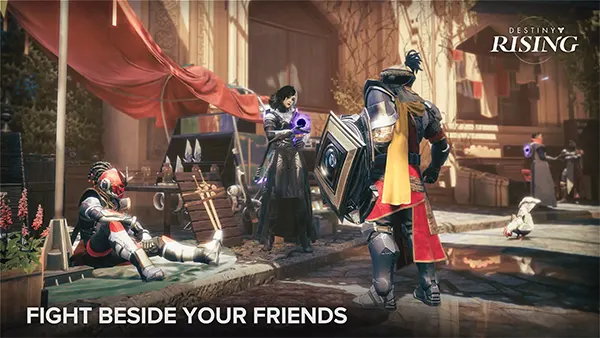
Community and Competitive Ecosystem
The MMO shooter genre thrives on community, and Destiny: Rising places this at the centre of its design. From clan systems to cooperative raids, the game provides multiple avenues for players to connect and grow as part of a larger ecosystem. This is vital in sustaining engagement over the long term.
Competitive gaming is another pillar of its success. Structured tournaments and ranked modes are integrated into the core gameplay loop, ensuring that players who seek recognition and challenge find structured opportunities to excel. These competitions are increasingly tied to esports circuits, reflecting the rising interest in MMO shooters as spectator sports.
Accessibility also plays a role in fostering community growth. With cross-platform play and cloud integration, Destiny: Rising lowers the barrier for entry, making it easier for friends to play together regardless of their device or location.
The Future of MMO Shooters
Destiny: Rising offers a glimpse into the future of the genre. The game demonstrates how storytelling, technical innovation, and social features can blend into a cohesive experience. Developers across the industry are now taking cues from its approach, particularly in creating worlds that evolve alongside their communities.
Looking ahead, the MMO shooter landscape will likely continue to prioritise persistent universes, player-driven narratives, and cross-platform ecosystems. Destiny: Rising sets a precedent, showing that such ambitions are achievable without sacrificing accessibility or balance.
Ultimately, the game reinforces the notion that MMO shooters are no longer niche titles but mainstream experiences capable of bringing together millions of players worldwide in shared adventures.
Game Bestsellers
-
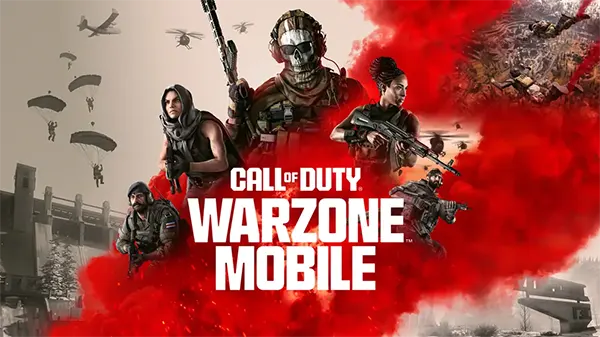 Call of Duty: Warzone Mobile Performance Analysis Across Modern Dev...
Call of Duty: Warzone Mobile Performance Analysis Across Modern Dev...Call of Duty: Warzone Mobile has become one of the …
-
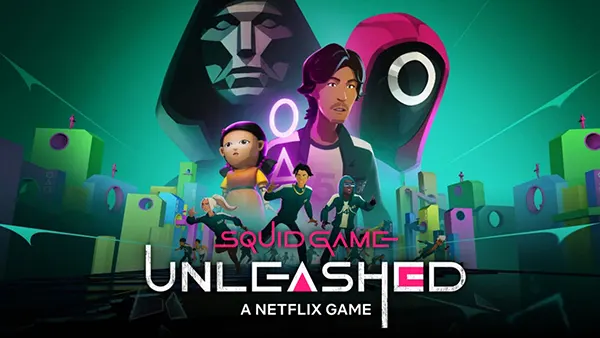 Squid Game: Unleashed — A Mobile Battle-Royale Inspired by the Hit ...
Squid Game: Unleashed — A Mobile Battle-Royale Inspired by the Hit ...Squid Game: Unleashed is one of the most anticipated mobile …
-
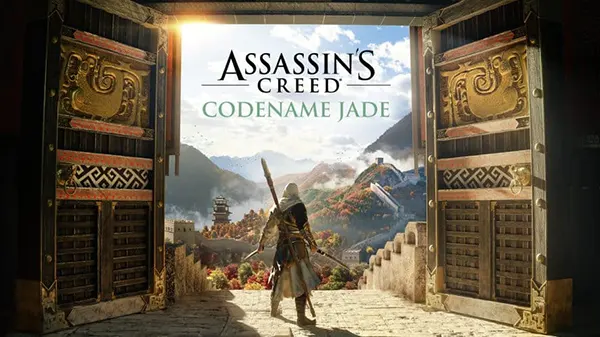 Assassin’s Creed Jade — A New Chapter in the Assassin’s Universe
Assassin’s Creed Jade — A New Chapter in the Assassin’s UniverseAssassin’s Creed Jade marks an important step for Ubisoft as …
